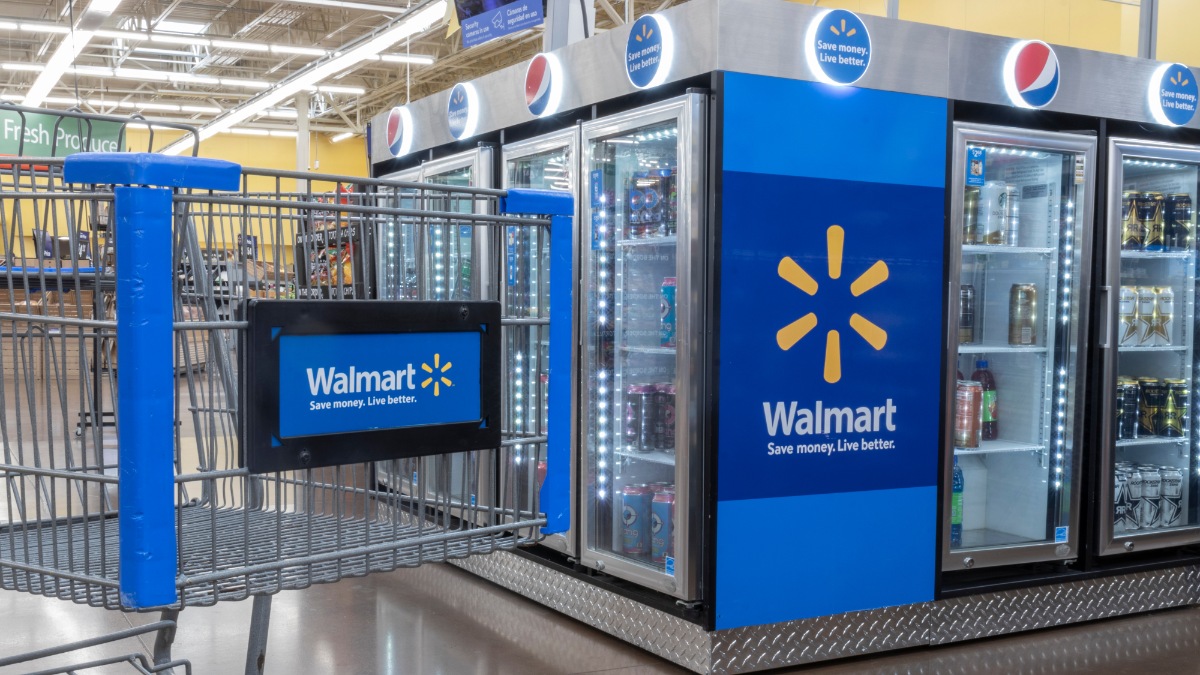Even after dealing with store closures and criticism over changes to its DEI policies, Walmart is doubling down on automation like it’s the next big Black Friday deal. After shutting the doors on several locations nationwide, the retail giant has made it clear that it’s all-in on improving online shopping and getting more people hooked on its Walmart+ membership.
But that’s just the tip of the tech iceberg. Walmart is also rolling out micro-fulfillment centers inside its stores, and it’s not playing small. To take things even further, the company has struck a fresh deal with its long-time tech buddy, Symbotic —a warehouse automation firm that’s about to bring AI-powered systems into the mix. Looks like Walmart is ready to let the robots do some heavy lifting!
Walmart’s big bet on robots
Walmart is cranking up the automation dial, and in January, it announced an even deeper partnership with Symbotic, its long-time tech sidekick. The goal? A fully automated supply chain that moves products faster than a holiday shopping rush.
As part of the deal, Symbotic is shelling out $200 million to acquire Walmart’s Advanced Systems and Robotics business. Those high-tech robots —worth a jaw-dropping $520 million— will soon take over micro-fulfillment centers inside stores, making sure shelves stay stocked without breaking a sweat (because, you know, robots don’t sweat).
But Walmart isn’t stopping there. Symbotic will also be in charge of automating Accelerated Pickup and Delivery centers (APDs), making order fulfillment smoother than a well-oiled shopping cart. The plan starts with hundreds of locations across the country, and if all goes well, it’ll add a cool $5 million boost to Symbotic’s backlog of future robot-building projects. Looks like Walmart’s gearing up for a retail revolution—one automated order at a time!
Walmart’s fast-track shopping hack: APDs
Walmart is taking the Grab & Go concept to a whole new level with its Accelerated Pickup and Delivery centers (APDs) —fancy talk for micro-fulfillment hubs tucked inside stores. These high-tech centers are designed to speed up online order fulfillment, using existing store inventory to get purchases into customers’ hands faster than ever.
This upgrade also means BOPIS (which stand for Buy Online, Pick Up In Store –aren’t these acronyms cute?) is getting a serious efficiency boost. And considering BOPIS orders now make up a massive chunk of Walmart’s sales, that’s a big deal. In fact, over the years, Walmart has seen a 50% jump in store-fulfilled online orders, pushing its monthly revenue from this service past $2.5 billion by the end of October 2024.
With 90% of Americans living within 10 miles of a Walmart, the potential for even more growth is enormous. If you thought Walmart was already everywhere, just wait—your next order might be packed and ready before you even finish adding items to your cart.
Meet Symbotic: Walmart’s robot whisperer
Symbotic isn’t just another tech company—it’s an automation powerhouse that claims to “reinvent the warehouse” (because apparently, regular warehouses just don’t cut it anymore). This Massachusetts-based firm specializes in high-tech logistics, helping major retailers, wholesalers, and food companies streamline operations with AI-driven robotics.
Walmart isn’t just keeping Symbotic busy—it’s putting the tech firm on overtime mode. The retailer has announced that it’s funding Symbotic to develop even smarter automation for its online order and delivery system. In other words, Walmart wants its fulfillment process to run so smoothly that customers might start wondering if their orders are getting packed by magic.
Walmart is going all-in on this system, with plans to roll it out in 400 APDs over the next few years. Of course, there’s a catch—it all depends on how well the initial phase performs. If everything runs like a well-oiled shopping cart, the retailer has the option to expand even further in the future.
Basically, Walmart is betting big on automation, and if this works, the days of chaotic pickup lines and delayed deliveries might just become a thing of the past.

